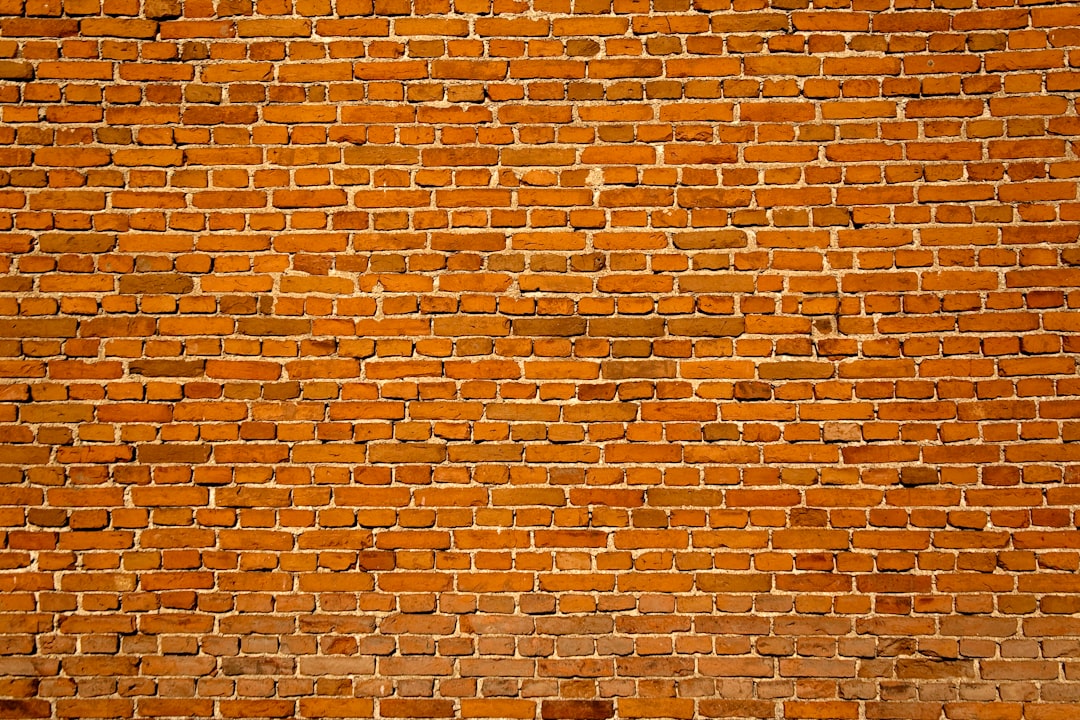Timber floor joists are a fundamental component in the construction of residential and commercial buildings. They serve as the horizontal supports that hold up the floor, providing stability and strength to the structure. Understanding the various aspects of timber floor joists is crucial for anyone involved in building or renovating a property. This article will delve into the significance, types, advantages, and installation of timber floor joists, ensuring you have a comprehensive understanding of this vital building element.
### What Are Timber Floor Joists?
Timber floor joists are typically made from solid wood or engineered wood products. They are designed to span the distance between walls or beams, supporting the weight of the floors above while allowing for the installation of various finishes, such as carpet, tiles, or hardwood. The spacing and sizing of these joists are critical to ensuring that the floor can bear the intended load without sagging or failing.
### Types of Timber Floor Joists
There are several types of timber floor joists available, each with unique characteristics. Solid timber joists are the traditional choice, made from high-quality timber species. They are known for their strength and durability but can be subject to warping and shrinking over time.
Engineered timber joists, such as I-joists and laminated veneer lumber (LVL), are increasingly popular due to their consistent quality and resistance to deformation. These joists are manufactured using layers of wood or wood products, providing enhanced strength and stability.
### Advantages of Timber Floor Joists
Timber floor joists offer numerous advantages over alternative materials. One of the primary benefits is their environmental sustainability. Timber is a renewable resource, and when sourced from responsibly managed forests, it has a lower carbon footprint than steel or concrete. Additionally, timber provides excellent thermal insulation, helping to maintain consistent indoor temperatures.
Another significant advantage is the ease of installation. Timber is lightweight compared to other materials, making it easier to handle and install. This can lead to reduced labour costs and quicker project timelines. Furthermore, timber floor joists can be easily cut and modified on-site, allowing for greater flexibility in design.
### Installation Considerations
When it comes to installing timber floor joists, several factors must be considered. The spacing of the joists is crucial; typically, they are spaced at 400mm or 600mm centres, depending on the load requirements and the type of flooring being used. It is also essential to ensure that the joists are adequately supported at their ends, either by walls or beams.
Proper ventilation is another critical aspect of installation. Ensuring that there is adequate airflow around the joists can help prevent moisture buildup, which can lead to rot and decay. This is particularly important in areas with high humidity.
For those looking to enhance their understanding of timber floor joists further, resources are available that provide detailed information on specifications and best practices. For instance, you can explore options for timber floor joists that cater to various building needs.
### Maintenance and Longevity
To ensure the longevity of timber floor joists, regular maintenance is essential. This includes inspecting for signs of moisture damage, pests, and structural integrity. Addressing any issues promptly can prevent more significant problems down the line.
In addition, applying protective coatings or treatments can enhance the durability of timber joists, especially in areas prone to moisture. It is advisable to consult with professionals who can recommend the best practices for maintaining your timber floor joists.
### Conclusion
Timber floor joists play a pivotal role in the structural integrity of buildings, offering a blend of strength, sustainability, and ease of installation. Understanding the types, advantages, and installation considerations of timber floor joists can significantly impact the success of your building project. For more information on solutions related to timber floor joists, you can visit this resource. By making informed choices, you can ensure that your floors are not only functional but also durable and environmentally friendly.








